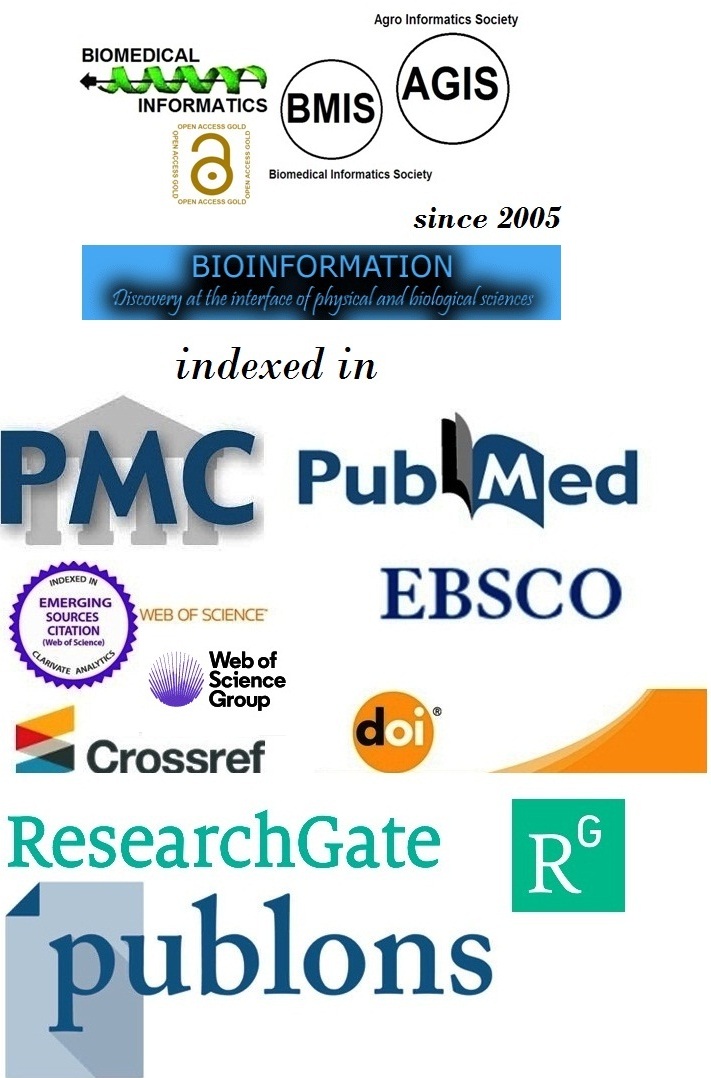Title
Prognostic value of modified shock index in sepsis
Authors
Sanchit Uppal1,*, Mini Bhatnagar1, Abhinav Meelu1, Johnly Jacob1 & Ena Sharma2
Affiliation
1Department of General Medicine, Maharishi Markandeshwar Institute of Medical Sciences and Research, Mullana, Ambala, Haryana-133203, India; 2Department of Periodontics, Rayat Bahra Dental College and Hospital, Mohali, Punjab-140301, India; *Corresponding author
Sanchit Uppal - E - mail: sanchit@mmumullana.org
Mini Bhatnagar - E - mail: minibhatnagar@mmumullana.org
Abhinav Meelu - E - mail: abhinav.meelu@mmumullana.org
Johnly Jacob - E - mail: drjohnlyj@gmail.com
Ena Sharma - E - mail: dr.sharma_ena@yahoo.co.in
Article Type
Research Article
Date
Received April 1, 2025; Revised April 30, 2025; Accepted April 30, 2025, Published April 30, 2025
Abstract
Sepsis is a life-threatening condition requiring early diagnosis and severity assessment in the emergency department (ED) to guide timely interventions. Therefore, it is of interest to evaluate the Modified Shock Index (MSI) as a prognostic tool for sepsis and compared its sensitivity and specificity to the quick sequential organ failure assessment (qSOFA) score in 150 sepsis patients, based on Sepsis-3 guidelines. Clinical data, including MSI and qSOFA scores, were collected at admission and patient outcomes were analyzed for mortality and hospital stay duration. An MSI cut-off of 1.28 predicted mortality with high accuracy (AUC 0.946, sensitivity 91.76%, specificity 90.77%), outperforming the qSOFA score (AUC 0.840). MSI is a reliable, easy-to-use bedside tool that surpasses the quick sequential organ failure assessment score in predicting sepsis prognosis, aiding in early identification and management of high-risk patients.
Keywords
Triage, emergency department, quick sequential organ failure assessment (qSOFA), modified shock index (MSI), sepsis
Citation
Uppal et al. Bioinformation 21(4): 614-617 (2025)
Edited by
P Kangueane
ISSN
0973-2063
Publisher
License
This is an Open Access article which permits unrestricted use, distribution, and reproduction in any medium, provided the original work is properly credited. This is distributed under the terms of the Creative Commons Attribution License.
